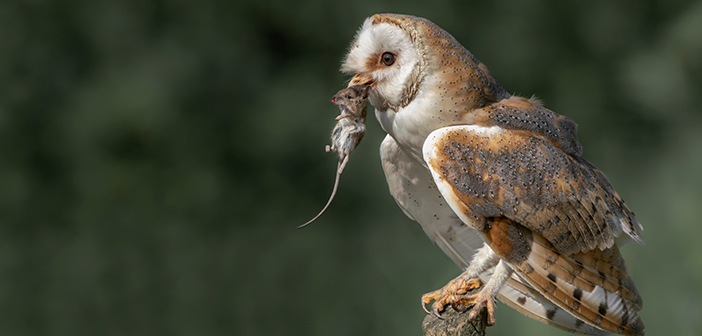Next year’s changes to rodenticide authorisations, effectively preventing all second- generation anticoagulants from being applied away from buildings, is set to have consequences for pest controllers.
So, the Campaign for Responsible Rodenticide Use (CRRU) is appealing for practical questions that need addressing.
CRRU chairman Dr Alan Buckle acknowledges that pest technicians at the sharp end are best placed to modify their use of various integrated control measures for lasting and affordable, environmentally responsible and wildlife-aware, vermin control.
Dr Buckle said: “Of course, doing so may not be particularly straightforward and will certainly demand sound knowledge of what next year’s changes to second generation anticoagulant rodenticides (SGAR) authorisations involve and why they are being made.”
To help pest control bosses and technicians alike understand these things as fully as possible, CRRU is inviting readers to submit questions that will be answered in the next issue of Pest magazine – email them to questionsPEST@ thinkwildlife.org.
Dr Buckle emphasised that there is no such thing as a daft question.
He said: “Giving credit where it’s due, the British Pest Control Association has recently conducted such an exercise among its members and we want to extend this as far as possible among the pest control sector, farmers and gamekeepers.”
In addition to the detail of next year’s change, Dr Buckle said that it is also important to understand the context.
An HSE-led panel is the official body to which CRRU reports for its management of the UK Rodenticide Stewardship Regime.
Dr Buckle said: “An uncomfortable truth is that, seven years since inception, the regime’s environmental targets have not been met – responsible readers will be all too aware that many wildlife species, especially avian and mammalian predators and scavengers, are widely exposed to and contaminated by SGARs.
“The widespread nature of this exposure is a grave concern and what the stewardship regime is required to reduce. The panel’s specified sentinel species, of course, whose exposure to SGARs is indicative of several others with similar ecology, is the barn owl.”
Dr Buckle added: “HSE has said that, unless the stewardship regime’s environmental targets are met, there will be a review of who can use SGARs, how they are used and where they can be applied. Clearly, we have been warned.”


